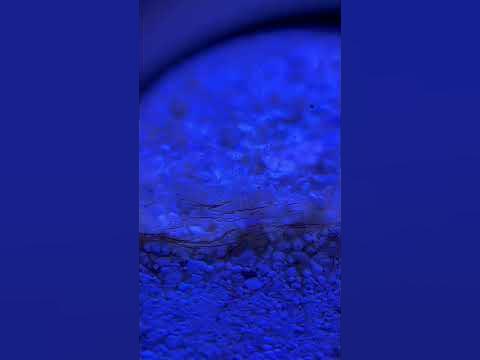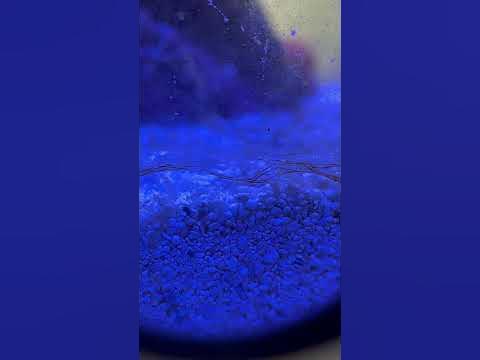Hello Everyone
This is a thread to hopefully finally figure out what these strange worms are. These have appeared in many threads in the past several years but so far we have no true ID , as it seems they are becoming more prevalent in our systems , I thought I would put together one final thread to hopefully ID them. (I also noticed in all the previous threads there was no good magnified video of the worms so I am including some)
Worm Description:
These guys are very tiny, thin worms that usually appear at lights out. They Start from the Substrate/Sand and move onto the glass, in mass, then they start branching out. There are leader worms and the rest of them follow the leader , to the point where there are 1000+ of them crawling on the glass at night. They create this branching tree like structure that from a distance appear as hair like algae but under magnification you can see all the individual worms. Then they retreat back into the substrate one the lights kick in, and leave behind a trail on the glass that shows where they were the previous night. My gut tells me they are some sort of detritus worm but I am not sure.
In Other threads I have seen (I have looked at all of them) some common ID guesses were:
Labyrinthula (they are not Labyrinthula as these are worms not protist moving within a net)
Spaghetti Worm (they are individual worms not feeding tentacles from a main body so cannot be spaghetti worms)
Bristle worms/hydroids/ (they are completely smooth so cannot be either of these)
***If anyone knows what they are & how to get rid of them, please share so we can add to our collective knowledge as a hobby***
***if you guys can tag the big guns who do ID that would be much appreciated as well***
Here is are 10X magnified videos/photos of the worms as well as photos of the tree like structure they create I have pulled from other threads.
Video 1:
Video 2:
I am going to tag you vetteguy as I have seen you respond to a lot of the posts from a few years ago initially trying to ID these things , maybe you figured out what they are ? Maybe you know who to tag who can help us , thank you
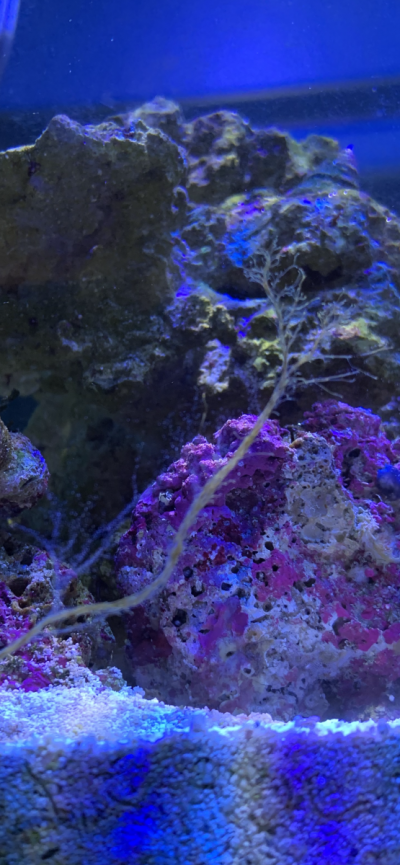
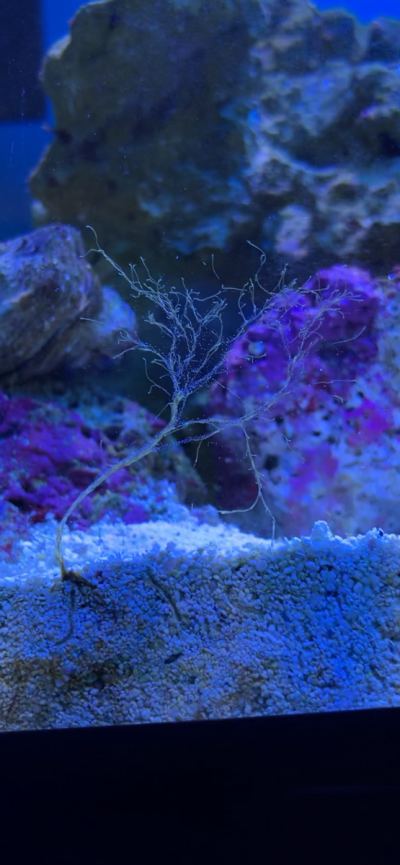
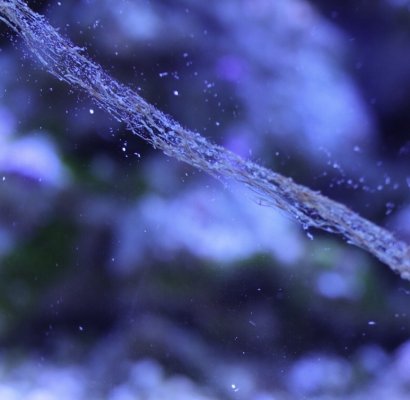
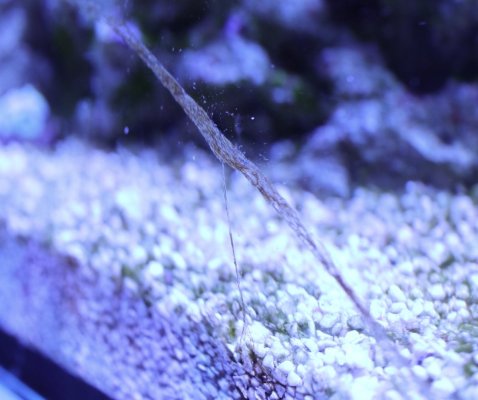
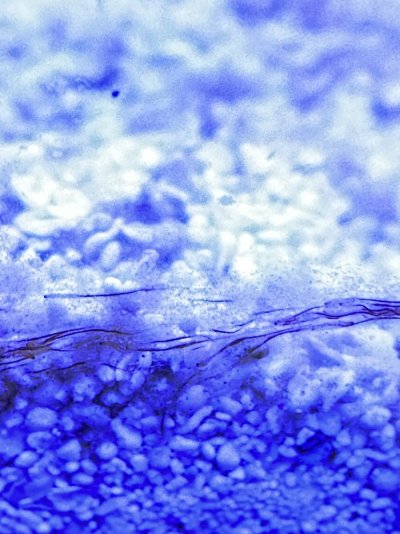
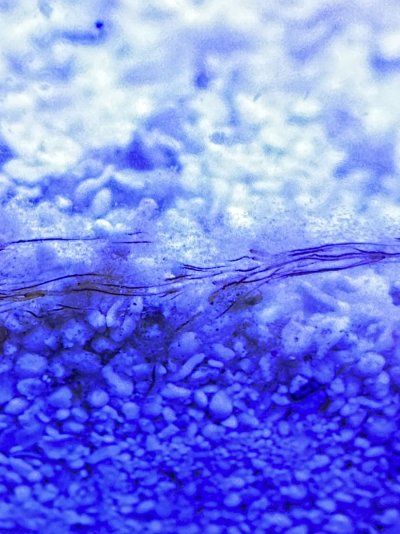
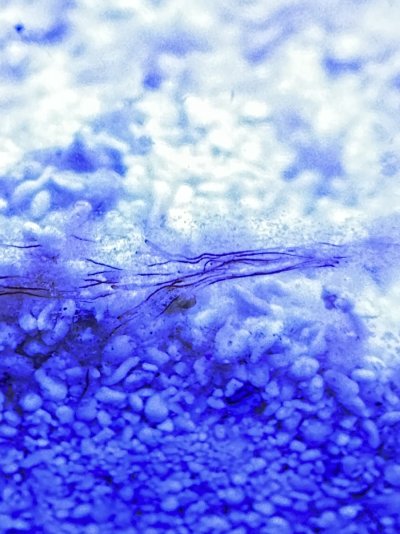
This is a thread to hopefully finally figure out what these strange worms are. These have appeared in many threads in the past several years but so far we have no true ID , as it seems they are becoming more prevalent in our systems , I thought I would put together one final thread to hopefully ID them. (I also noticed in all the previous threads there was no good magnified video of the worms so I am including some)
Worm Description:
These guys are very tiny, thin worms that usually appear at lights out. They Start from the Substrate/Sand and move onto the glass, in mass, then they start branching out. There are leader worms and the rest of them follow the leader , to the point where there are 1000+ of them crawling on the glass at night. They create this branching tree like structure that from a distance appear as hair like algae but under magnification you can see all the individual worms. Then they retreat back into the substrate one the lights kick in, and leave behind a trail on the glass that shows where they were the previous night. My gut tells me they are some sort of detritus worm but I am not sure.
In Other threads I have seen (I have looked at all of them) some common ID guesses were:
Labyrinthula (they are not Labyrinthula as these are worms not protist moving within a net)
Spaghetti Worm (they are individual worms not feeding tentacles from a main body so cannot be spaghetti worms)
Bristle worms/hydroids/ (they are completely smooth so cannot be either of these)
***If anyone knows what they are & how to get rid of them, please share so we can add to our collective knowledge as a hobby***
***if you guys can tag the big guns who do ID that would be much appreciated as well***
Here is are 10X magnified videos/photos of the worms as well as photos of the tree like structure they create I have pulled from other threads.
Video 1:
Video 2:
I am going to tag you vetteguy as I have seen you respond to a lot of the posts from a few years ago initially trying to ID these things , maybe you figured out what they are ? Maybe you know who to tag who can help us , thank you










